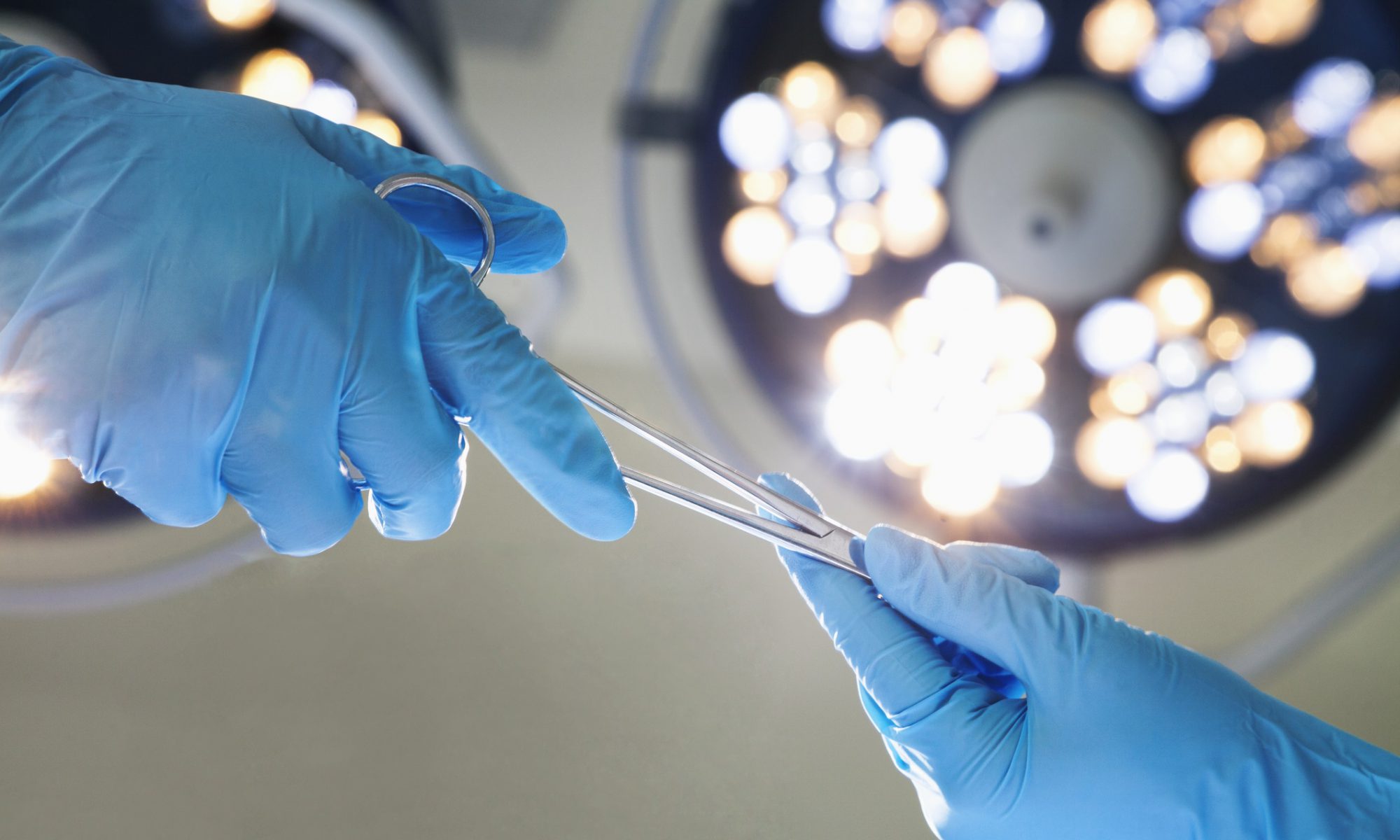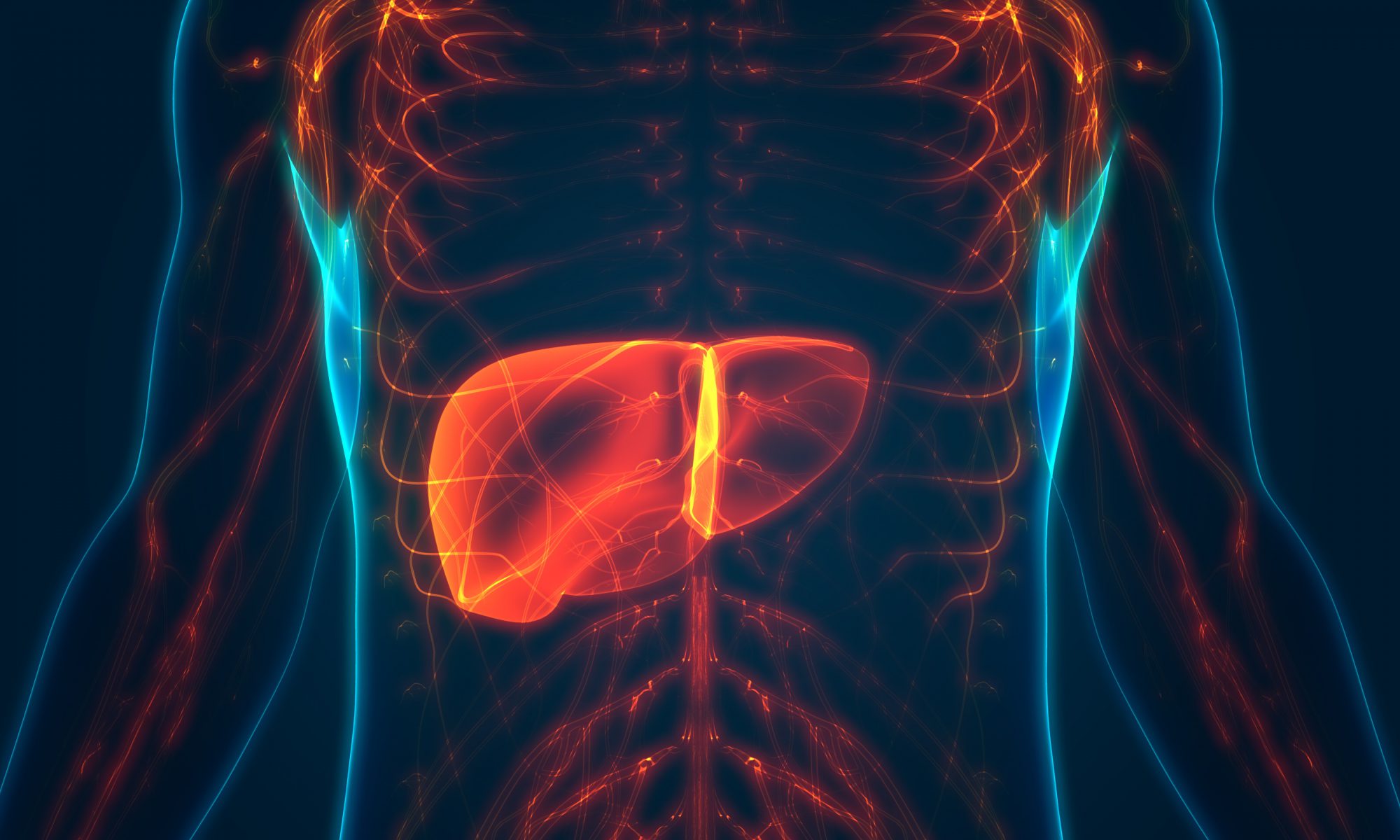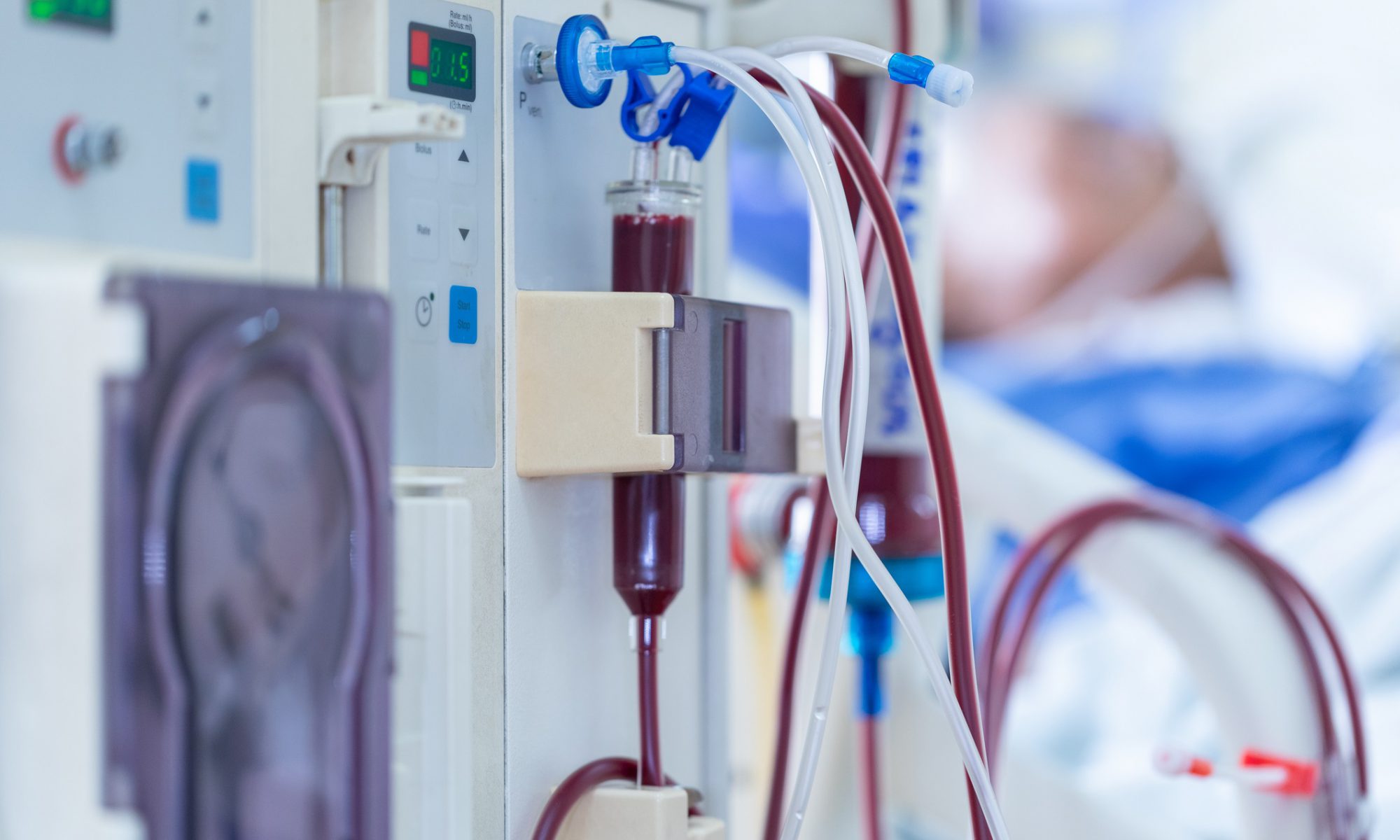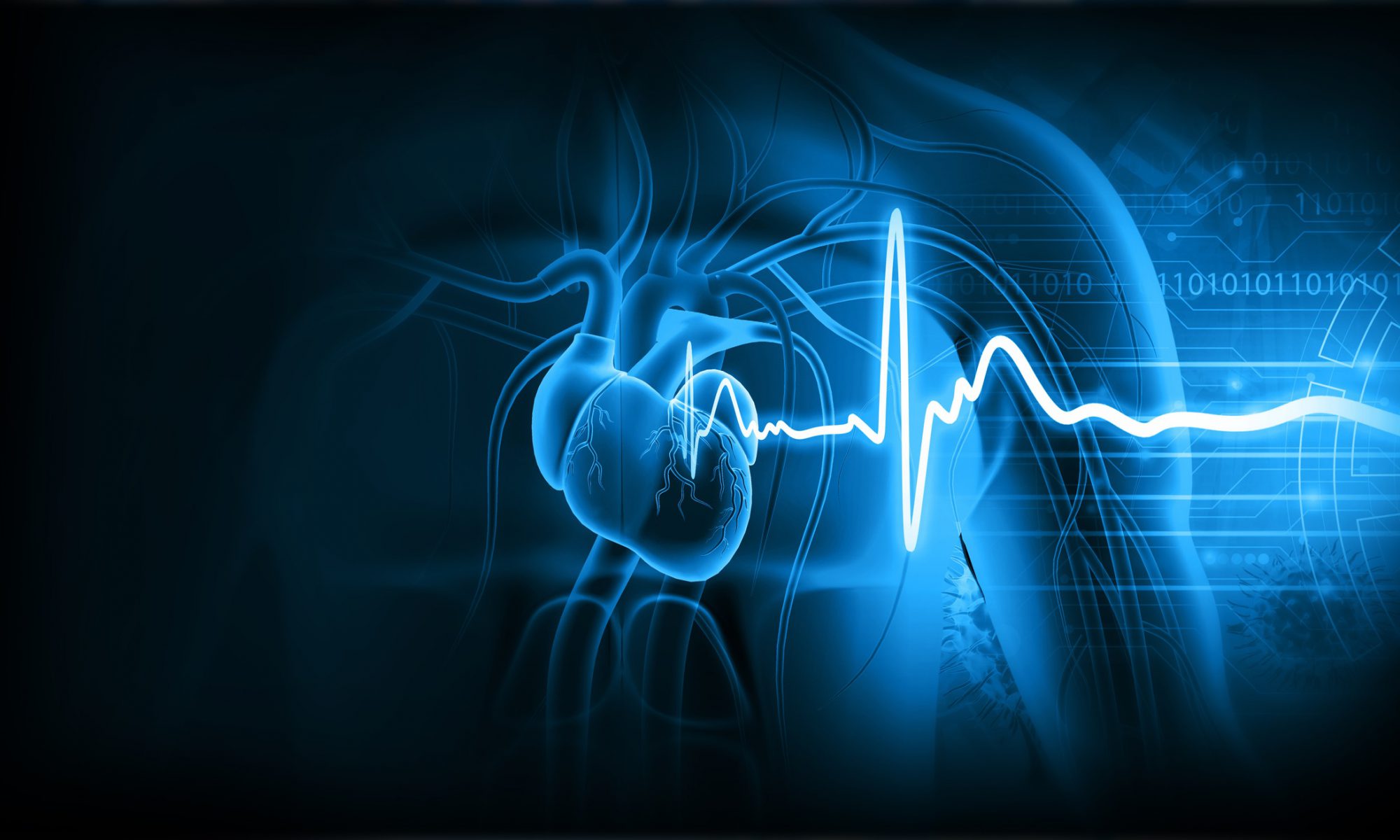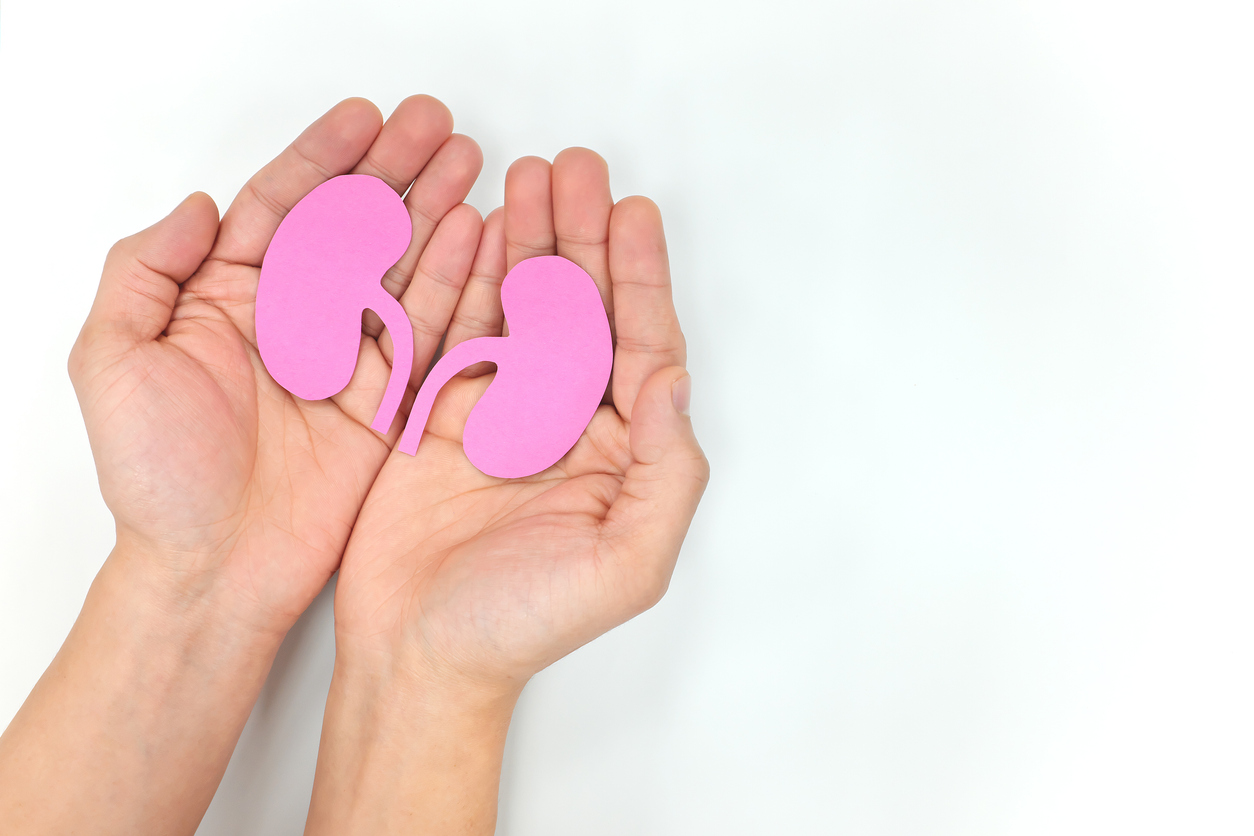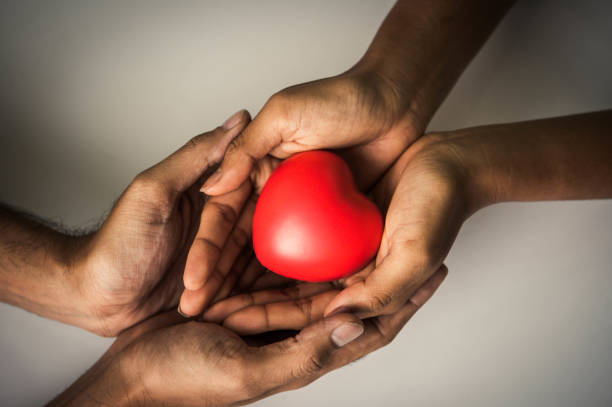By Mark E. Neumann
A new race-free eGFR equation designed specifically for evaluating organ recipients post-transplant offers a more accurate measurement, a researcher said at the American Transplant Congress.
Marc Raynaud, PhD, MSc, lead scientist at Paris Institute for Transplantation and Organ Regeneration, told attendees that previously created eGFR equation measures used for transplantation have had limited success because they were developed for use on native kidneys, created based on U.S.-only patient data, which may limit their generalizability, and have shown suboptimal performance in measuring GFR in transplanted kidneys. Read the full article in Healio.
